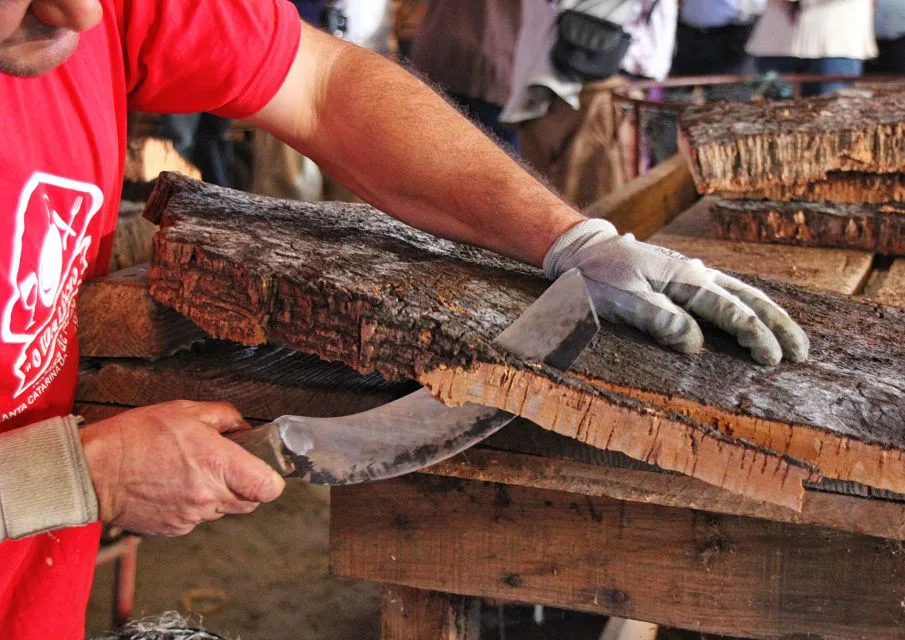Tavira may be known for its slow rhythms and salt-tinged air, but that doesn’t mean you have to sit still. Whether you’re here for a weekend or a sun-drenched season, there are guided activities that can add colour and curiosity to your Algarve experience. From boat rides to food experiences and even storytelling walks, Tavira offers more than meets the eye.
Below are a few handpicked guided tours and activities that have caught our attention recently. Please note: these suggestions are inspirational only , as we have not personally verified each provider or experience. Availability, quality, and language options may vary — we always recommend double-checking reviews and details before booking.
🚤 Explore the Waterways
Tavira’s soul is deeply tied to the Ria Formosa — the protected lagoon system that runs along the eastern Algarve coast. Several tour operators offer:
- Dolphin watching boat tours departing from Cabanas or Santa Luzia
- Solar-powered eco-cruises through the salt pans and barrier islands
- Sunset sailing with tasting menus on board , perfect for couples or small groups
- Private boat charters to Ilha de Tavira or Praia do Barril
These are ideal for nature lovers, birdwatchers, or anyone wanting a quiet escape from the mainland.
🛺 Discover Tavira by Tuk-Tuk
Yes, tuk-tuks aren’t just for Lisbon. Tavira has a few electric tuk-tuk companies offering private city tours with local guides. These typically include:
- A stop at Tavira Castle and panoramic viewpoints
- Visits to historical churches like Santa Maria and Misericórdia
- Optional add-ons like the Tuna Museum at Arraial Ferreira Neto
Tours range from 30 minutes to 2 hours and can often be tailored to your interests.
🍷 Taste & Learn: Olive Oil and Culinary Tours
Want a deeper taste of the region? Consider:
- An olive oil mill visit with tasting — where you’ll learn about traditional and modern pressing methods
- A culinary market tour and cooking class , where you’ll prepare a local “cataplana” dish from scratch
- Winery visits in the wider Sotavento region, often paired with cheese and charcuterie tastings
These tours often include transport and are typically held in small groups or private sessions.
🐎 Horseback, Hiking & Hidden Stories
Prefer your adventures on land?
- Explore Ria Formosa or the countryside by horseback , with sunrise or sunset rides from nearby stables like Quinta do Alvisquer Centro Equestre .
- Join a guided storytelling walk through Tavira’s historic centre , uncovering legends, ruins, and forgotten trades
- Or try a whole day trip hike to the famous Benagil sea caves or the stunning “Seven Hanging Valleys Trail” (1 hour cardrive west of Tavira)
These tours may require a bit more fitness but are perfect for those who want to connect with the Algarve’s landscapes and history.
📱 Where to Find & Book Guided Tours
Many of these activities can be booked via well-known platforms such as:
- GetYourGuide – wide range of boat tours, tuk-tuk rides, and excursions
- Civitatis – reliable for city and nature-based tours, especially in Spanish and English
- Viator – offers both small group and private tours
- Local providers like Solar Moves , and Genuine Algarve also offer direct booking on their own websites
Always check if your preferred activity is available in your language and confirm the departure point , as some listings may refer to nearby towns like Olhão or Faro.
Final Notes
We love that Tavira continues to offer a mix of relaxed charm and hidden experiences — if you’re in the mood to explore, these guided activities are a great way to connect with the region’s nature, food, and history.
While these tours are not officially endorsed or reviewed by me I hope they serve as a helpful starting point for planning your next outing. Let us know if you try any of them — or if you find a gem worth sharing!






